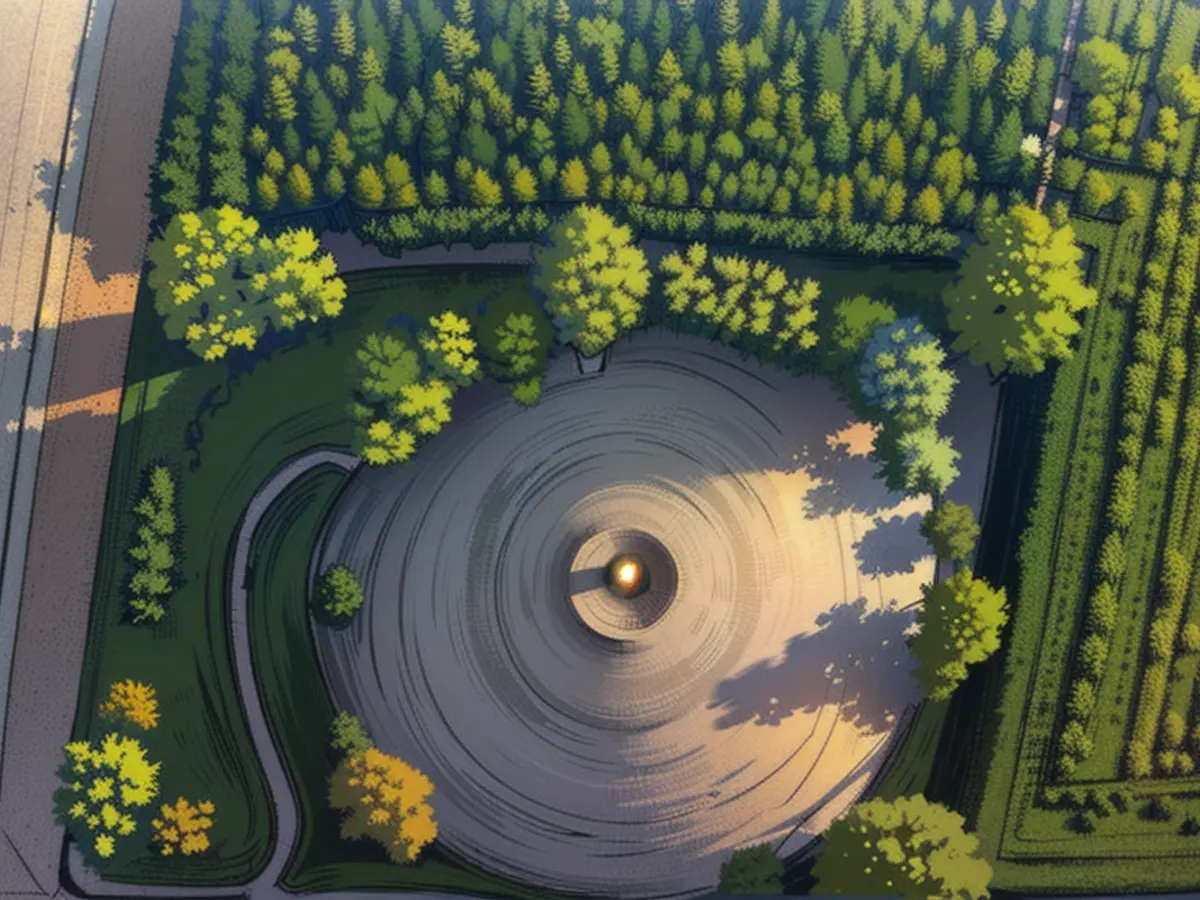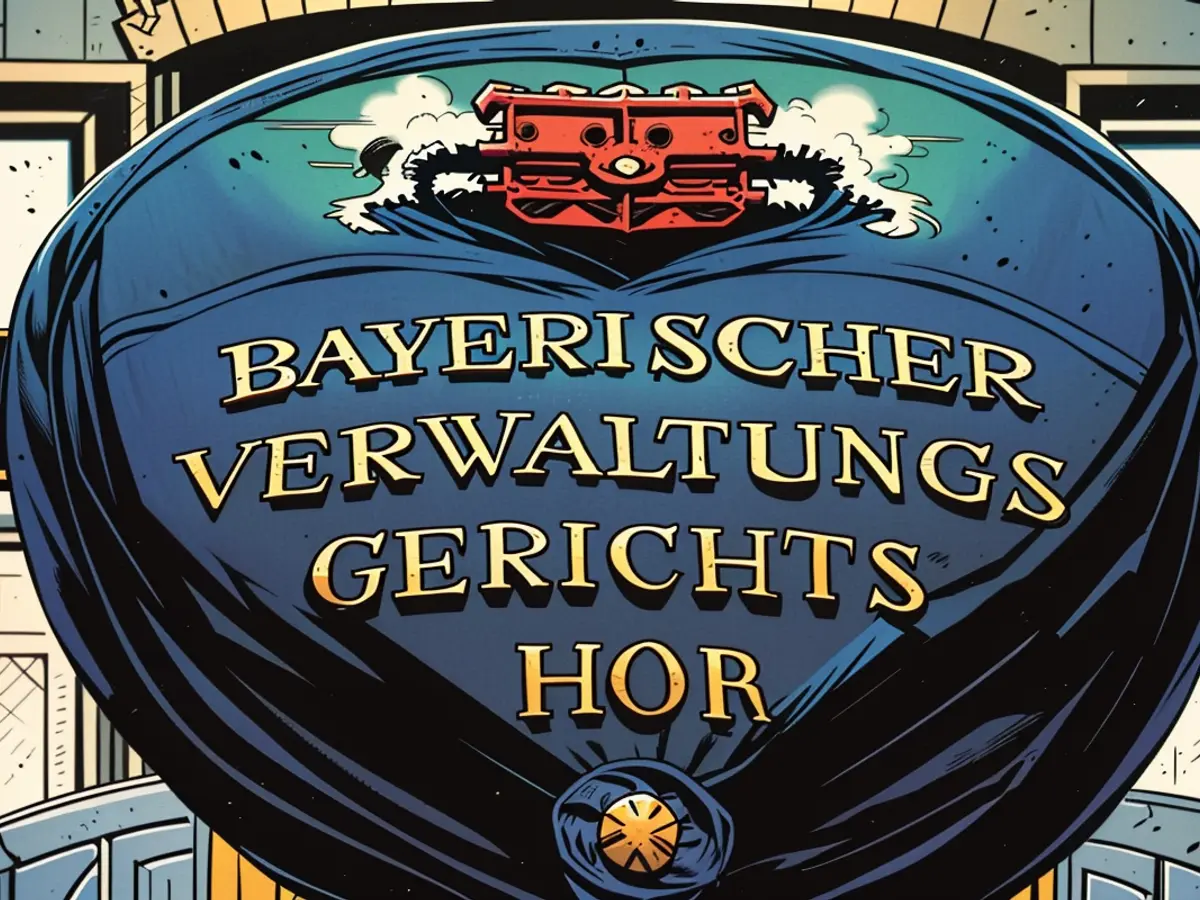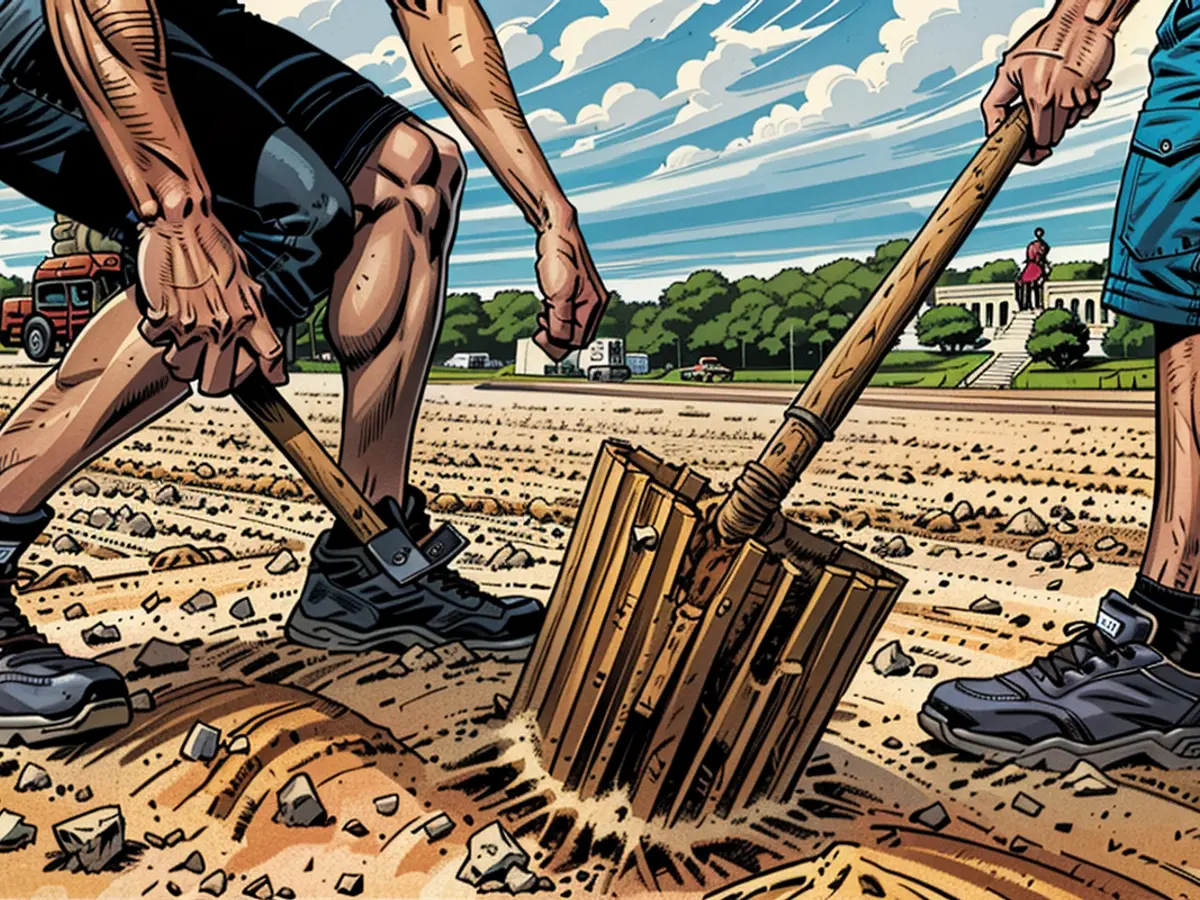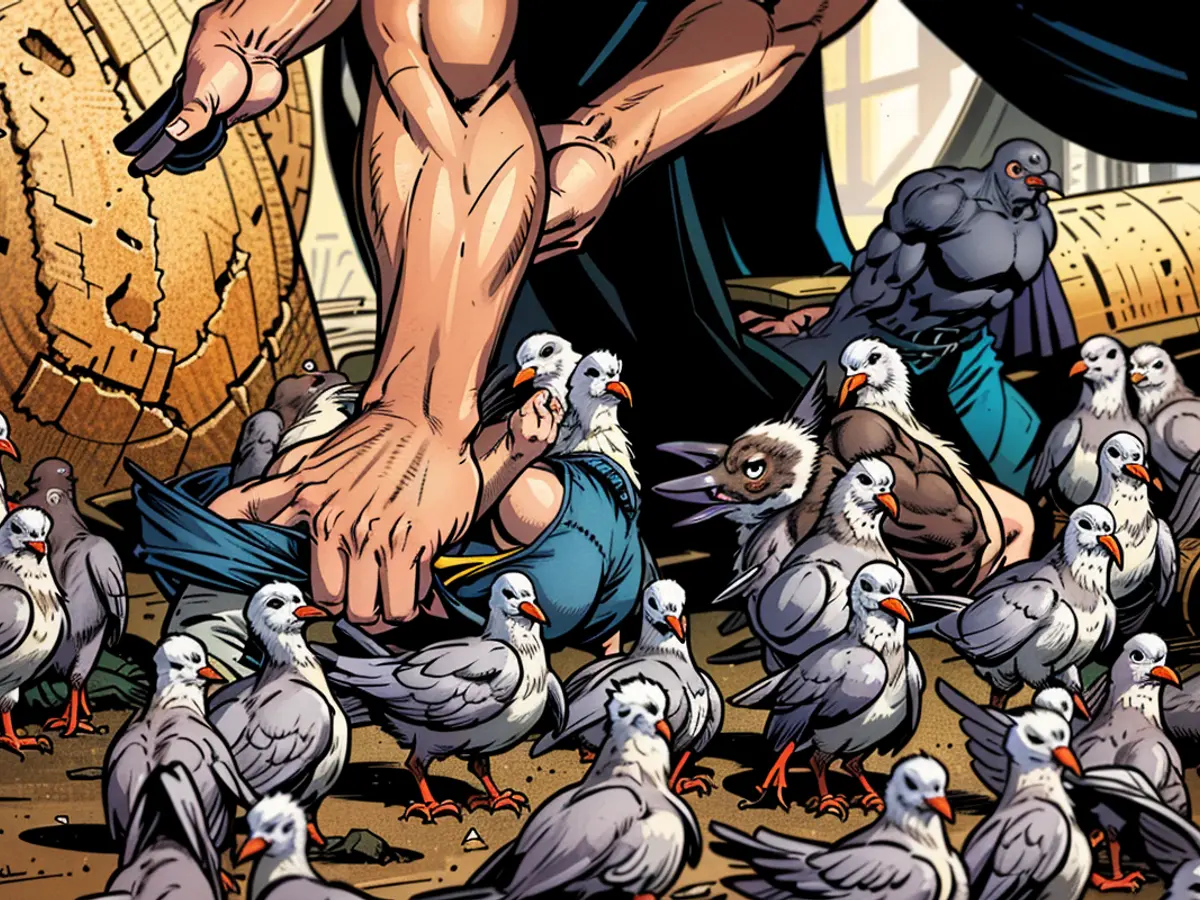Exploring the World's Historical Remains - Learn about: Celtic groups created systems to sustain influence
Recently, a connection between the two Celtic princes found in the Hochdorf and Grafenbuhl burial mounds has been verified through genetic research. A scientist from the Max Planck Institute for Evolutionary Anthropology, named Stephan Schiffels, revealed this in a statement released on Monday. Both the State Office for Monument Preservation Baden-Württemberg and the MPI-EVA collaborated on the project, which led to the reconstruction of the genetic sequences of Celtic individuals from numerous graves for the first time.
Schiffels stated, "The sister of the Hochdorf prince was the mother of the Grafenbuhl prince." This revelation suggests that political power in their society was likely inherited biologically, similar to a dynasty. In fact, this theory aligns with the findings from other individuals in both burial mounds as well as the much older and around 100-year-older Magdalenenberg burial mound. According to Joscha Gretzinger from the MPI-EVA, "It appears that we are dealing with an extensive web in Baden-Württemberg, wherein political power was upheld by biological relationships."
Celts, who inhabited large portions of Europe around 2000 years ago, had a genetic connection to people in Europe during the Iron Age beyond Baden-Württemberg. An in-depth study of their group indicated that their genetic origins were most likely found in modern-day France, but were widespread throughout South Germany at the time. Another notable finding showed a genetic origin from Italy, which correlates with the Mediterranean-inspired objects discovered in the graves.
The Celts were a diverse group of people who lived in various regions of Europe before the Romans and Germans took control. The Celts inhabiting today's Baden-Württemberg region ceased to exist around 70-50 BC. Present-day inhabitants of Baden-Württemberg, such as the Scots, Irish, Bretons, and Galicians, trace their heritage to the original Celts. The royal graves of Hochdorf and Grafenbuhl are well-known for their gold treasures and precious bronze vessels.







